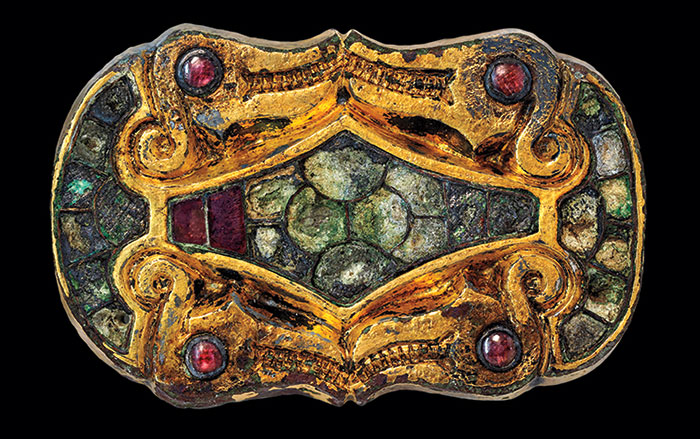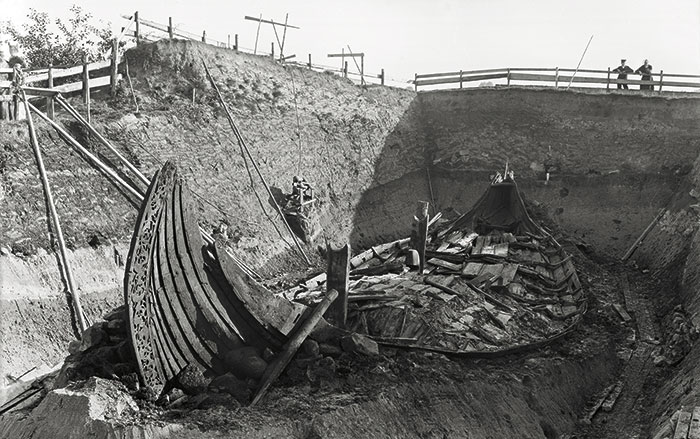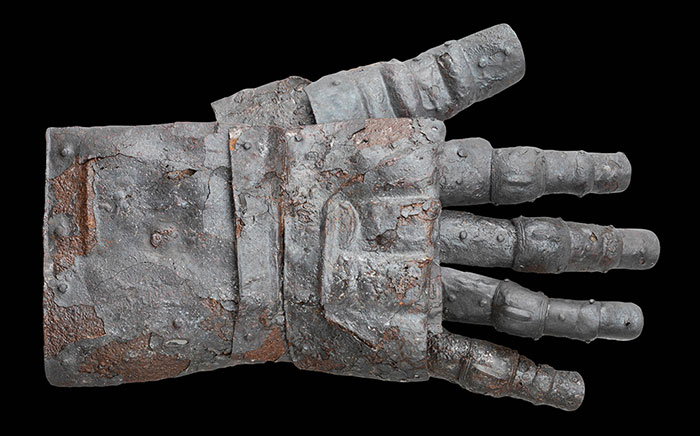
TRONDHEIM, NORWAY—According to a statement released by the Norwegian University of Science and Technology (NTNU), archaeologist Birgitte Skar of the NTNU University Museum and her colleagues have created an image of the human remains known as Hitra Man, which were discovered in 1916 on the island of Hitra, based upon continuing DNA and isotope analysis of his remains. The studies suggest that the man was about 25 years old at the time of his death some 4,000 years ago, that he ate mostly land foods, and that he stood about five and one-half feet tall. The model was given hair, skin, and eye colors based on the DNA analysis of other individuals who lived during the same period and had similar DNA, the researchers explained. “We think he drowned. When he died, the sea level was [more than 40 feet] higher than it is today,” Skar said. Some of the skeleton was well preserved, she added, and may have been covered with sand on the seabed shortly after he died. A dagger and an arm guard were also found with the remains. The arm guard, made of an oblong piece of bone with two holes, would have been worn on the wrist of the bow arm as a protection from the bow string. Skar speculates that Hitra Man may have been a warrior killed during a clash between Norway’s established population and migrating early farmers looking for land. To read about the burial of a Viking warrior discovered in Norway's Trondheim Fjord, go to "Viking Trading or Raiding?"










